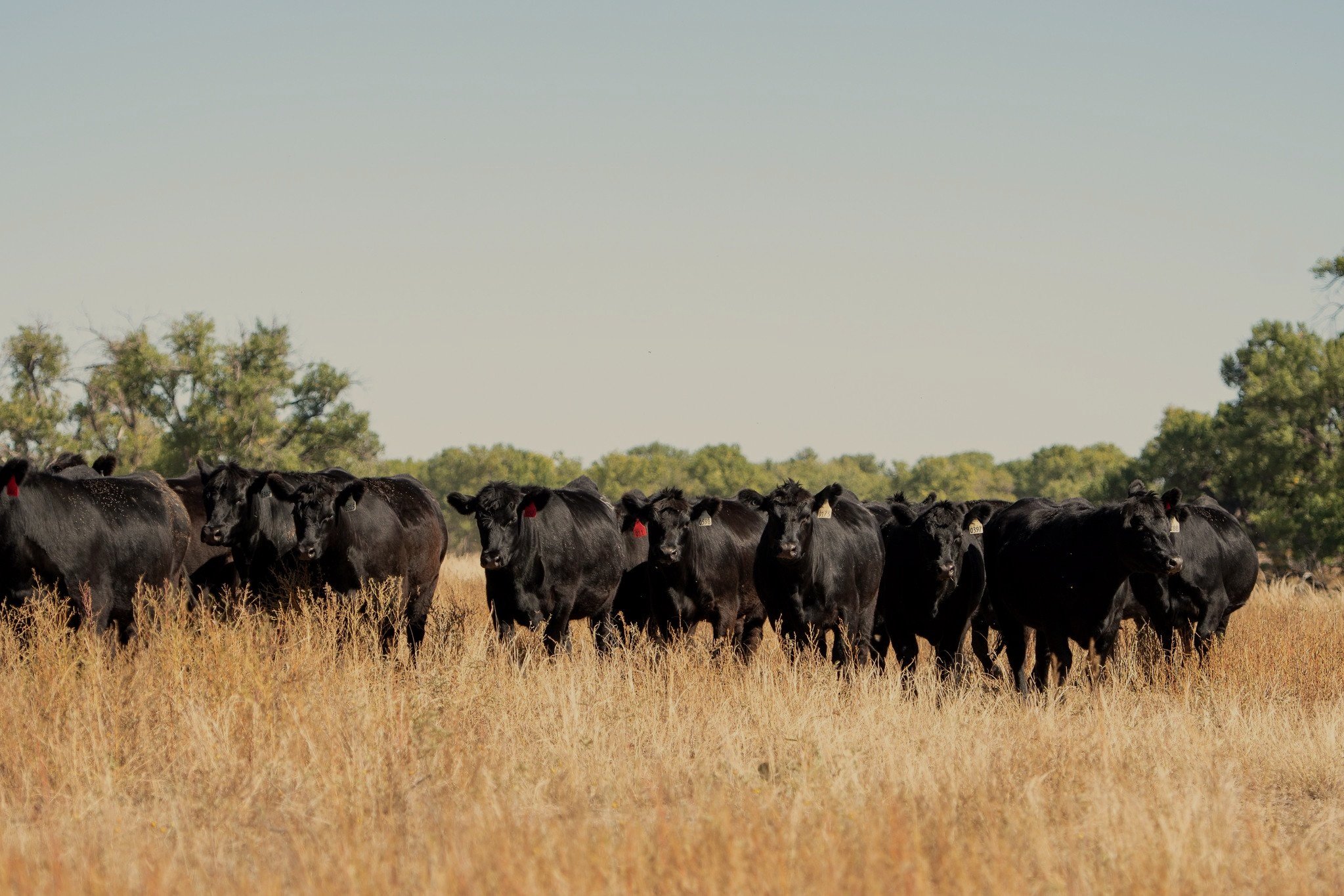Strategic Partnerships for Resilience: Bagley Risk Management
Strategic Partnerships for Resilience: Bagley Risk Management
Blog Article
Recognizing Livestock Risk Protection (LRP) Insurance Coverage: A Comprehensive Guide
Navigating the world of animals threat security (LRP) insurance can be a complex endeavor for several in the agricultural field. This kind of insurance policy provides a safeguard versus market fluctuations and unpredicted situations that can impact animals producers. By comprehending the details of LRP insurance coverage, manufacturers can make informed decisions that might guard their operations from monetary threats. From how LRP insurance coverage operates to the numerous coverage choices readily available, there is much to reveal in this extensive overview that might possibly form the means livestock producers approach danger monitoring in their businesses.

How LRP Insurance Policy Functions
Sometimes, understanding the auto mechanics of Animals Threat Defense (LRP) insurance coverage can be complicated, yet damaging down just how it functions can provide clarity for breeders and farmers. LRP insurance coverage is a danger administration device created to shield animals manufacturers against unforeseen price declines. It's essential to note that LRP insurance coverage is not an income assurance; instead, it focuses solely on price risk defense.
Qualification and Insurance Coverage Options

When it comes to insurance coverage alternatives, LRP insurance provides producers the flexibility to choose the coverage degree, insurance coverage duration, and endorsements that finest match their risk management needs. By understanding the qualification standards and insurance coverage choices available, livestock manufacturers can make enlightened decisions to handle threat properly.
Advantages And Disadvantages of LRP Insurance Coverage
When evaluating Animals Threat Security (LRP) insurance coverage, it is vital for livestock manufacturers to evaluate the advantages and disadvantages fundamental in this risk monitoring tool.

One of the main benefits of LRP insurance is its capacity to provide security versus a decline in livestock rates. This can help secure manufacturers from financial losses resulting from market variations. Additionally, LRP insurance coverage supplies a degree of adaptability, allowing producers to personalize insurance coverage degrees and policy durations to fit their certain needs. By securing an ensured cost for their animals, manufacturers can much better take care of risk and prepare for the future.
One restriction of LRP insurance policy is that it does not safeguard versus all types of risks, such as illness outbreaks or all-natural catastrophes. It is important for producers to meticulously examine their individual threat exposure and economic circumstance to determine if LRP insurance policy is the best threat administration device for their operation.
Understanding LRP Insurance Coverage Premiums

Tips for Making The Most Of LRP Conveniences
Making the most of the advantages of Animals Risk Protection (LRP) insurance coverage calls for tactical planning and positive danger monitoring - Bagley Risk Management. To make the most of your LRP coverage, think about the complying with pointers:
Routinely Evaluate Market Problems: Remain educated concerning market fads and cost fluctuations in the animals sector. By keeping track of these factors, you can make informed decisions regarding look at more info when to acquire LRP insurance coverage to protect against potential losses.
Set Realistic Coverage Degrees: When picking insurance coverage degrees, consider your manufacturing expenses, market price of livestock, and prospective dangers - Bagley Risk Management. Setting reasonable coverage levels ensures that you are sufficiently secured without overpaying for unnecessary insurance
Expand Your Insurance Coverage: As opposed to depending solely on LRP insurance, consider expanding your danger management techniques. Combining LRP with various other danger monitoring tools such as futures contracts or options can provide comprehensive coverage versus market uncertainties.
Review and Readjust Protection Frequently: As market conditions transform, periodically review your LRP insurance coverage to guarantee it lines up with your current threat exposure. Changing coverage degrees and timing of purchases can aid enhance your risk defense technique. By following these ideas, you can make the most of the advantages of LRP insurance coverage and safeguard your animals procedure against unpredicted dangers.
Verdict
In verdict, livestock danger defense (LRP) insurance coverage is a valuable tool for farmers to take care of the financial dangers linked with their livestock procedures. By recognizing exactly how LRP functions, qualification and coverage choices, along with the advantages and disadvantages of this insurance coverage, farmers can make enlightened decisions to safeguard their resources. By carefully thinking about LRP costs and executing techniques to make best use of advantages, farmers can mitigate possible losses and guarantee the sustainability of their operations.
Animals manufacturers interested in getting Animals Risk Protection (LRP) insurance can explore an array of qualification criteria and insurance coverage alternatives tailored to their specific animals operations.When it comes to protection choices, LRP insurance provides producers the flexibility to choose the protection level, coverage period, and endorsements that best suit their risk management needs.To grasp the complexities of Livestock Risk Protection (LRP) insurance fully, understanding the elements influencing LRP insurance coverage costs is critical. LRP insurance policy costs are figured out by numerous aspects, consisting of the insurance coverage degree selected, the expected cost of animals at the end of the insurance coverage period, the visit kind of livestock being insured, and the size of the insurance coverage period.Review and Readjust Protection On a regular basis: As market conditions change, occasionally examine your LRP protection to guarantee it lines up with your existing danger exposure.
Report this page